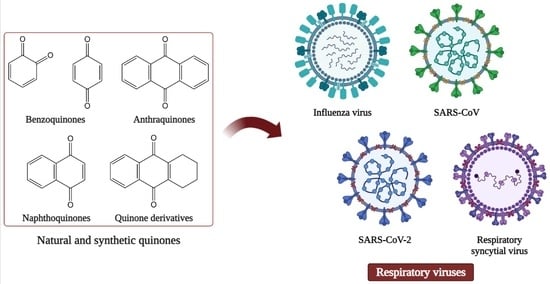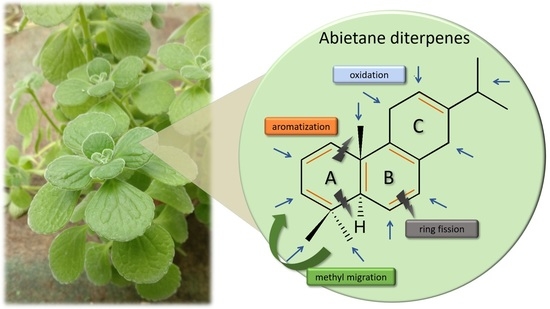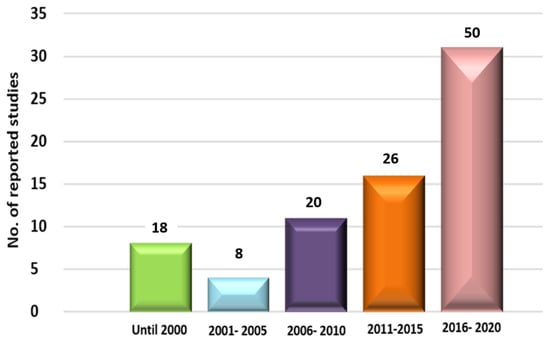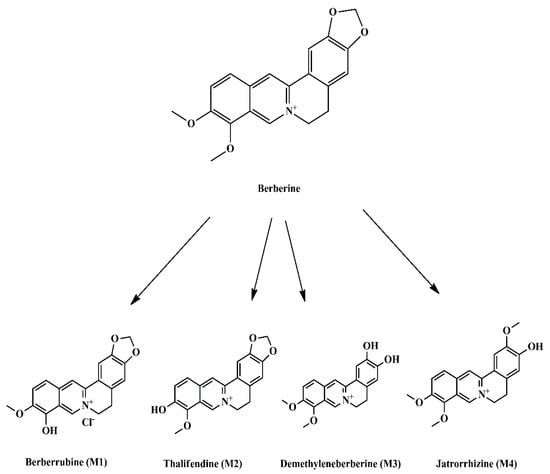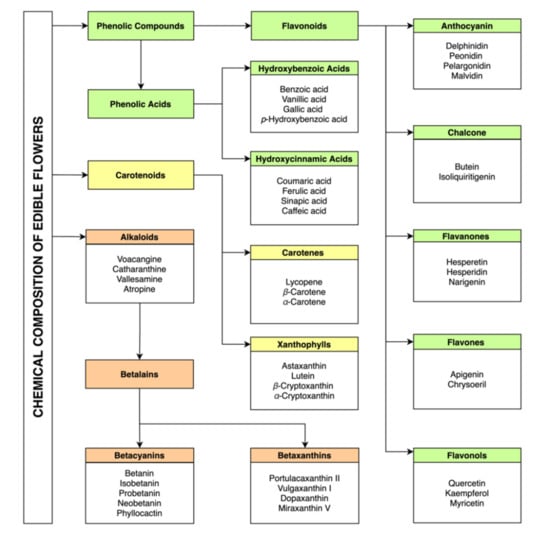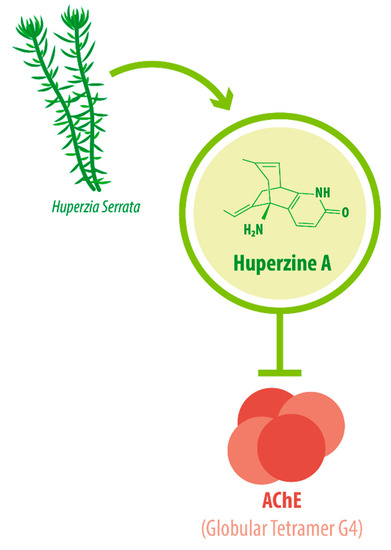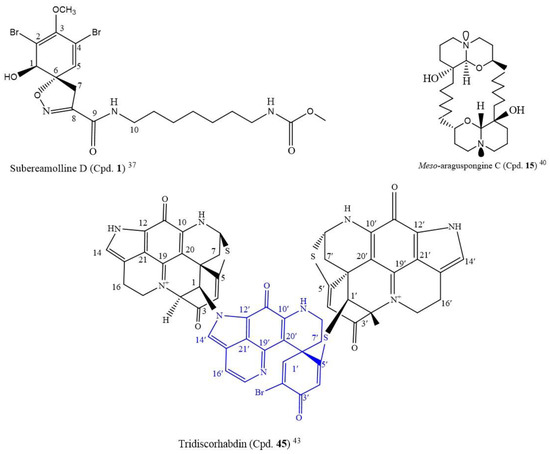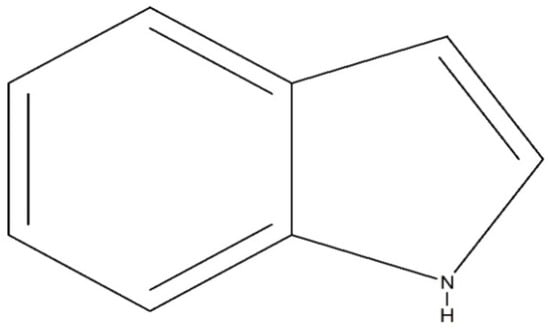Featured Reviews in Natural Products Chemistry
A topical collection in Molecules (ISSN 1420-3049). This collection belongs to the section "Natural Products Chemistry".
Viewed by 80537Editors
Interests: natural compounds; polyphenols; marine compounds; cancer; antimicrobial; skin; cosmetics
Special Issues, Collections and Topics in MDPI journals
Interests: natural compounds; polyphenols; metabolic disorders; obesity; cancer; antimicrobial; skin; cosmetics
Special Issues, Collections and Topics in MDPI journals
Interests: metabolic disorders; cancer; inflammation; oxidative stress; natural compounds
Special Issues, Collections and Topics in MDPI journals
Topical Collection Information
Dear Colleagues,
Natural compounds from animal, microbial, vegetal, or fungi origin represent countless sources of new compounds that can be used as novel drugs if their activity, bioavailability, and toxicity are adequate.
The literature contains plenty of examples covering most of the more relevant diseases that have been treated using a plethora of chemical structures and extraction methods for compounds of natural origin. Furthermore, many actual drugs are based on natural compounds, pointing out the importance of natural compounds in novel drug discovery.
This Topical Collection aims to compile reviews covering the most recent advances in the use of natural compounds in any scientific fields, with special emphasis on metabolic disorders, cancer, antimicrobials development, and cosmetics. Reviews covering extractive methods or “omic” techniques are also welcome.
Dr. Enrique Barrajón-Catalán
Prof. Dr. Vicente Micol
Dr. María Herranz-López
Collection Editors
Manuscript Submission Information
Manuscripts should be submitted online at www.mdpi.com by registering and logging in to this website. Once you are registered, click here to go to the submission form. Manuscripts can be submitted until the deadline. All submissions that pass pre-check are peer-reviewed. Accepted papers will be published continuously in the journal (as soon as accepted) and will be listed together on the collection website. Research articles, review articles as well as short communications are invited. For planned papers, a title and short abstract (about 100 words) can be sent to the Editorial Office for announcement on this website.
Submitted manuscripts should not have been published previously, nor be under consideration for publication elsewhere (except conference proceedings papers). All manuscripts are thoroughly refereed through a single-blind peer-review process. A guide for authors and other relevant information for submission of manuscripts is available on the Instructions for Authors page. Molecules is an international peer-reviewed open access semimonthly journal published by MDPI.
Please visit the Instructions for Authors page before submitting a manuscript. The Article Processing Charge (APC) for publication in this open access journal is 2700 CHF (Swiss Francs). Submitted papers should be well formatted and use good English. Authors may use MDPI's English editing service prior to publication or during author revisions.
Keywords
- natural products
- polyphenols
- carotenoids
- metabolic disorders
- antimicrobials
- cancer
- cosmetics








